Description
Meet the new type of neck protection
We created this aventail with titanium plates to solve the problem of protecting your neck and collarbone in medieval battles.
Neck is vulnerability place in the armor, because there is no protection between the body and the helmet. To get hit there is extremely unpleasant.
We offer you an option that will protect your neck from different sides attacks.
The protection consists of plates and a padded aventail. Lightweight and sturdy plates made of titanium are perfect to protect the neck in medieval combat. Their weight is minimal, but at the same time they are durable as steel and can withstand hit into such a dangerous place.
Side plates are made of segments and connected. So they will not interfere you from turning your head in fight, and will be able to protect you from strikes. The back plate is made solid to better withstand a hit in the seventh vertebra.
Together they form a collar that will cover your neck and collarbone. Under the plates lies padded aventail. It is stuffed with batting and is perfect for softening the impact impulse.
Get your aventail with titanium plates today, before the tournament beginning!

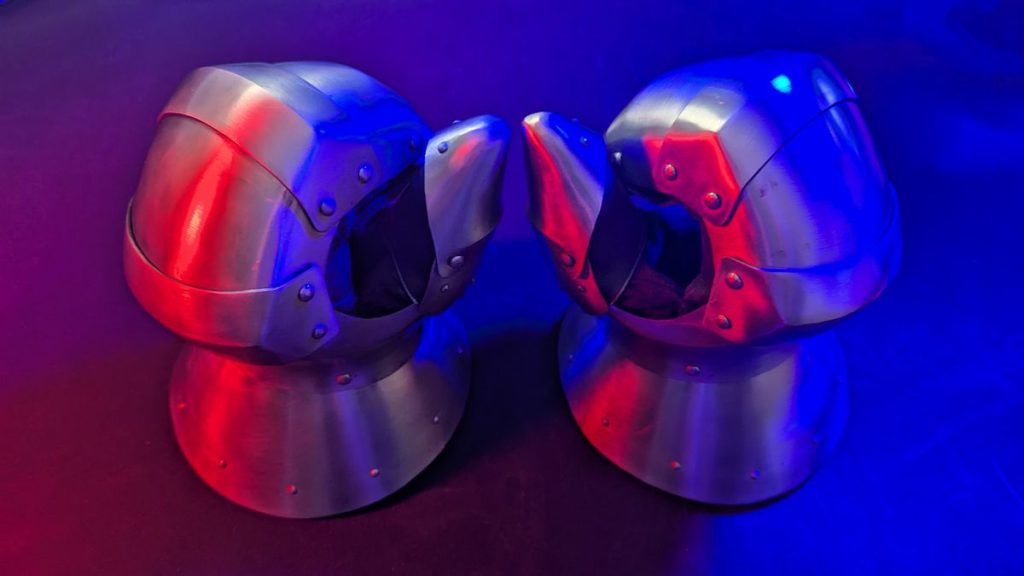
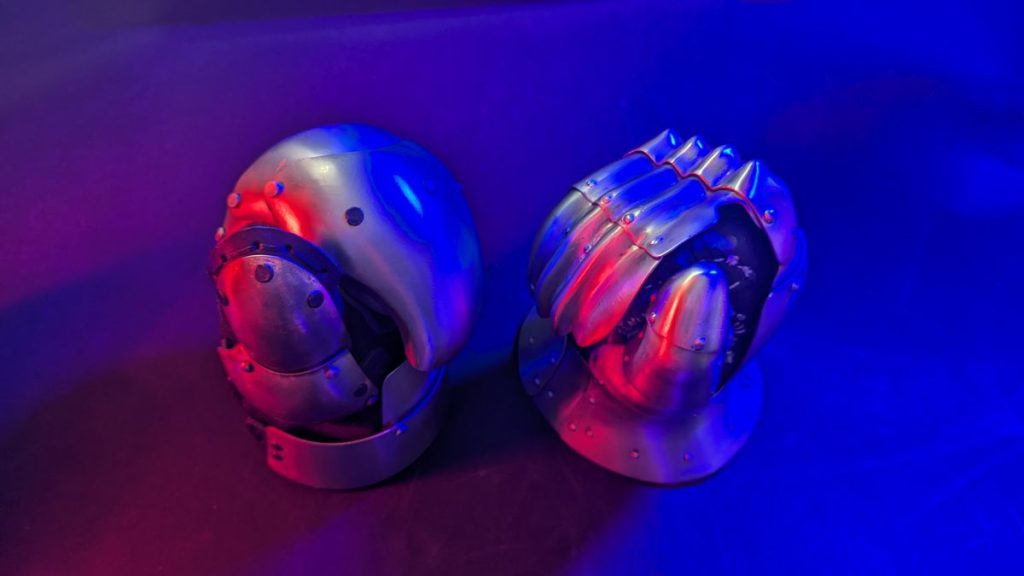
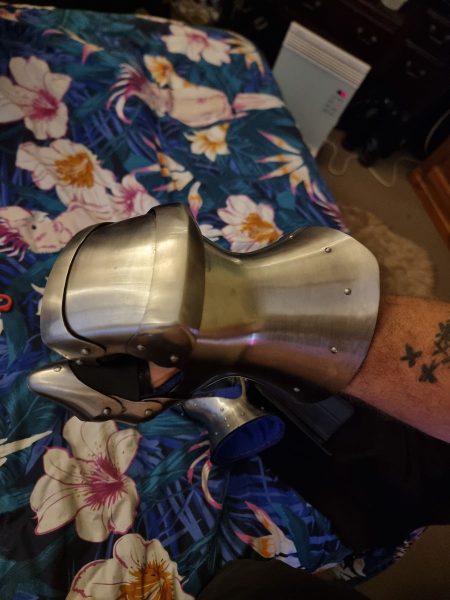
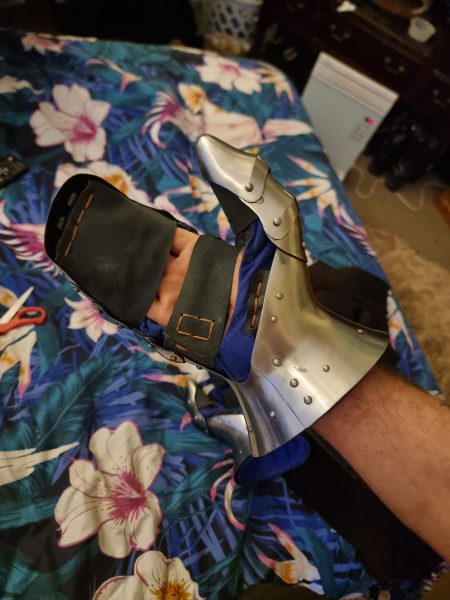
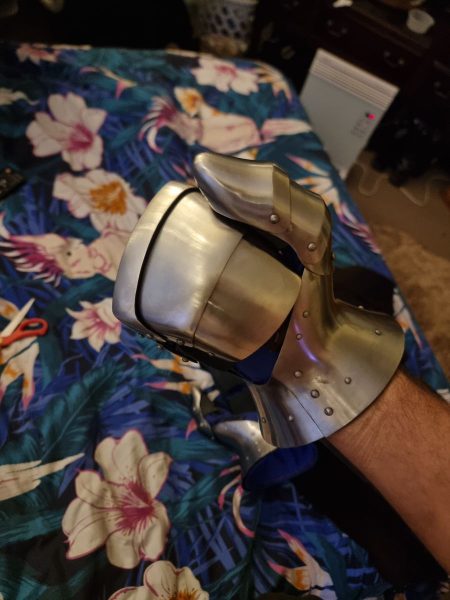
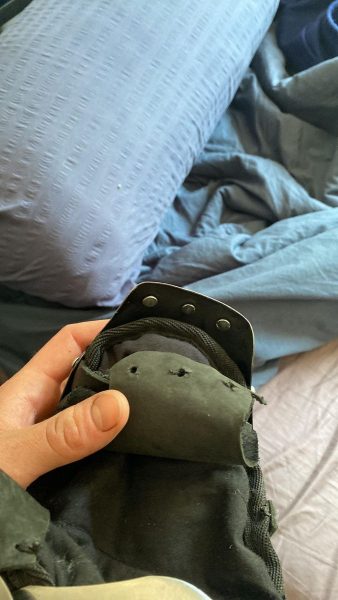
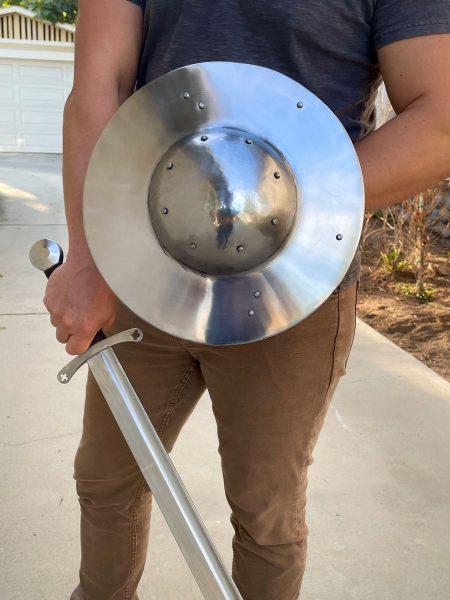
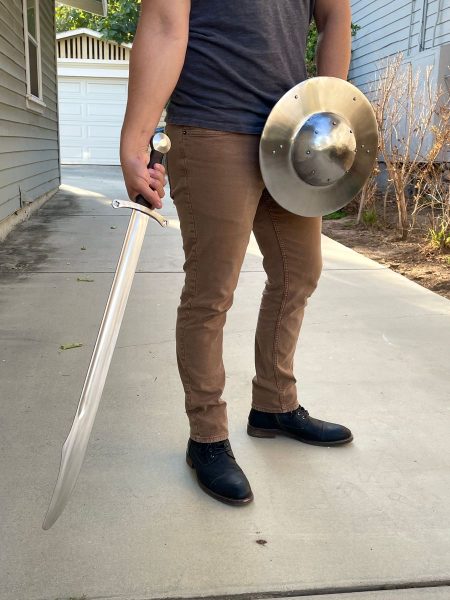
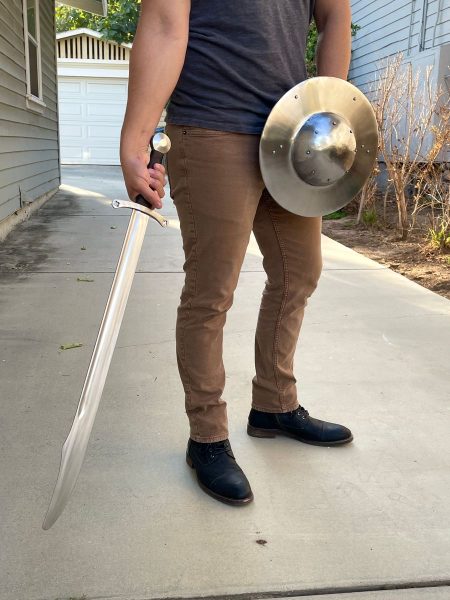
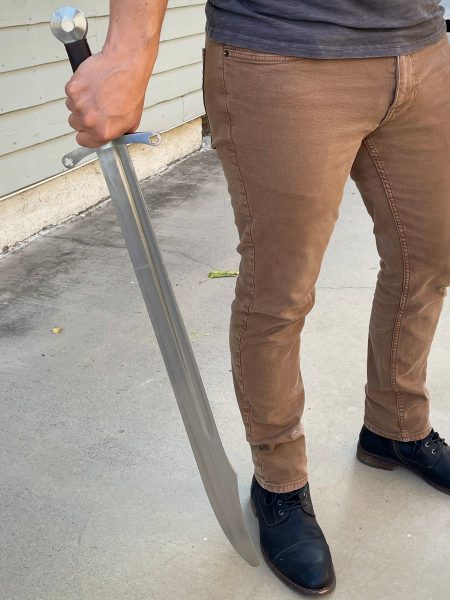
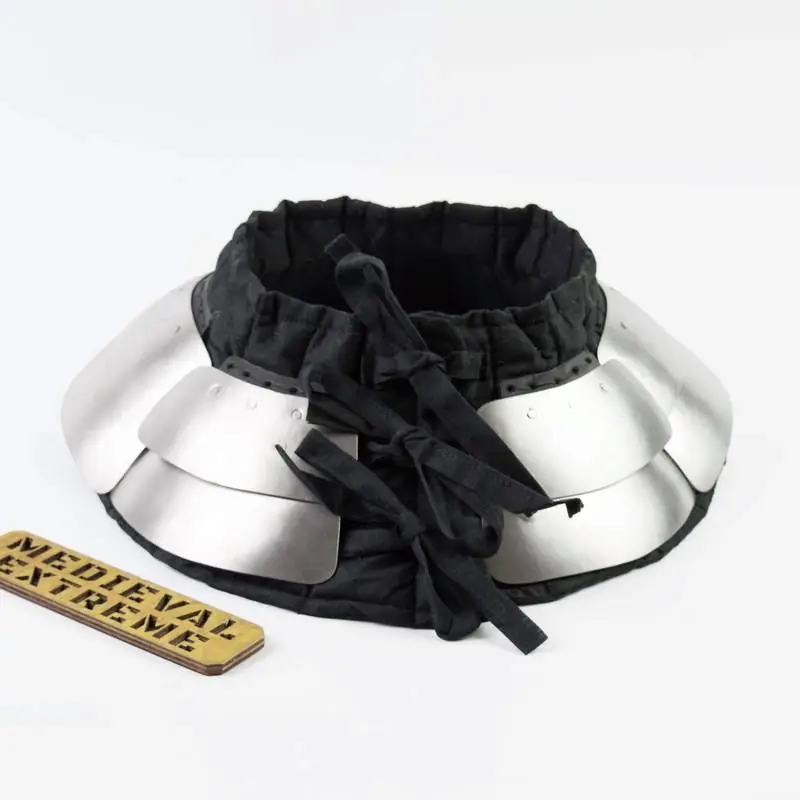
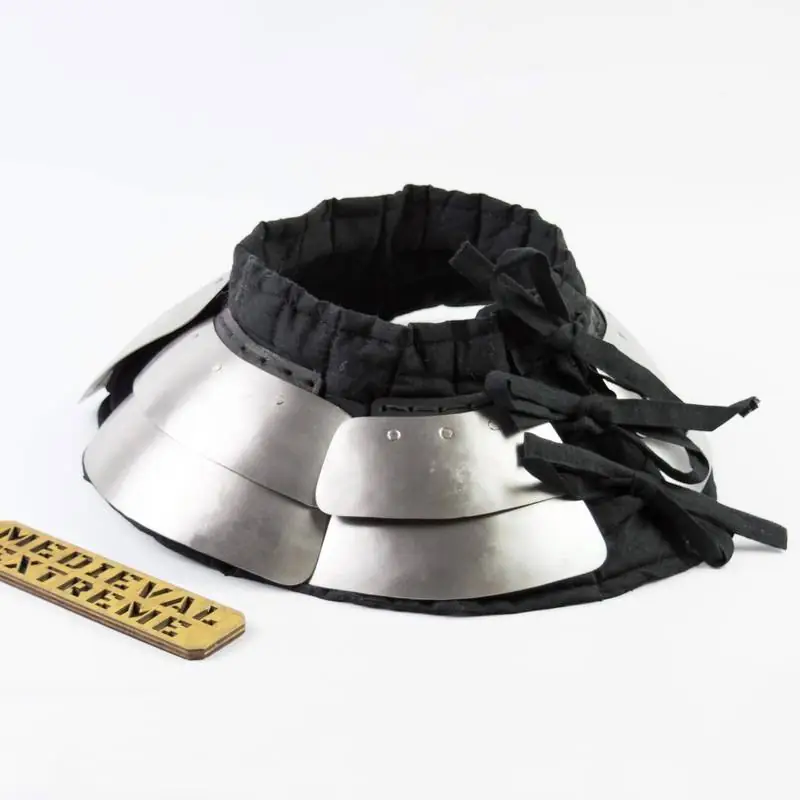
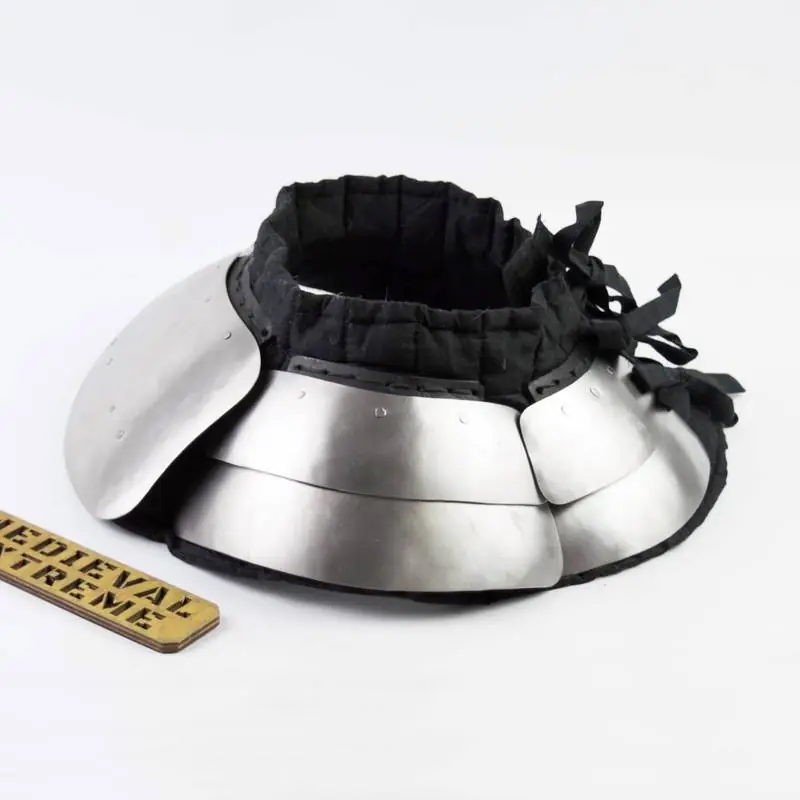
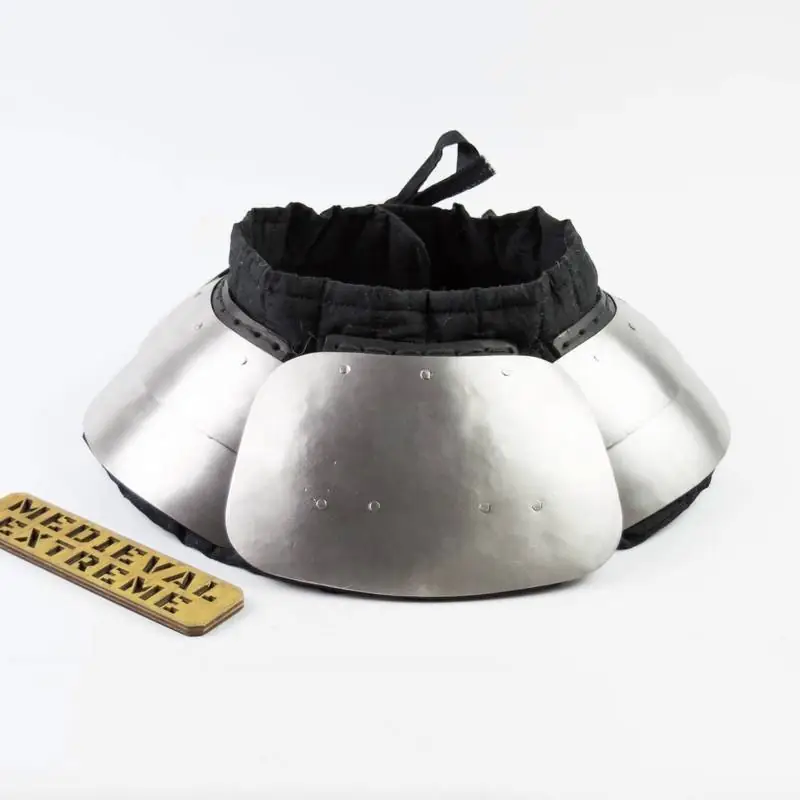
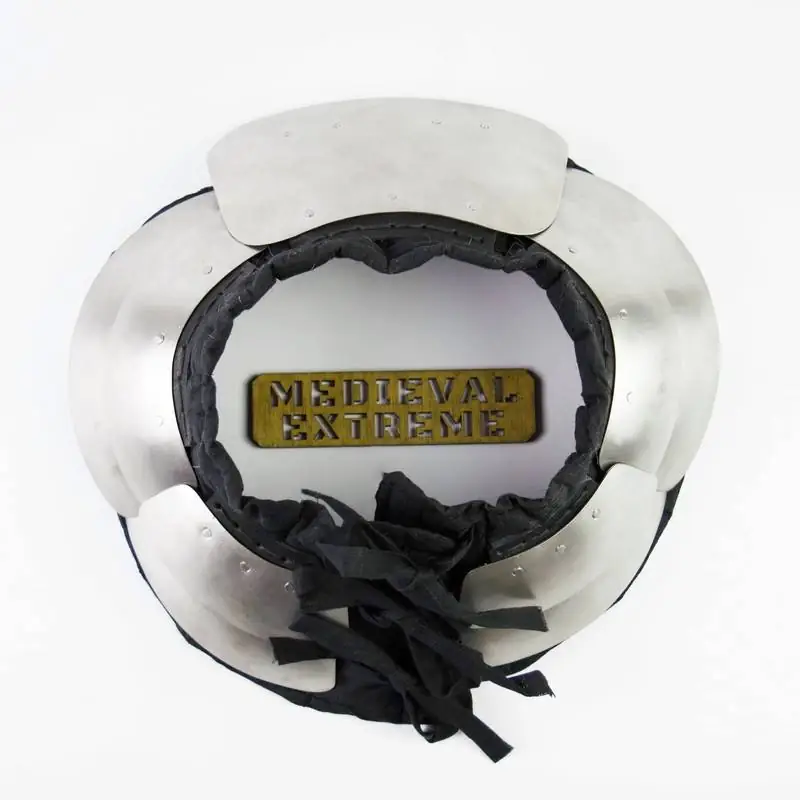
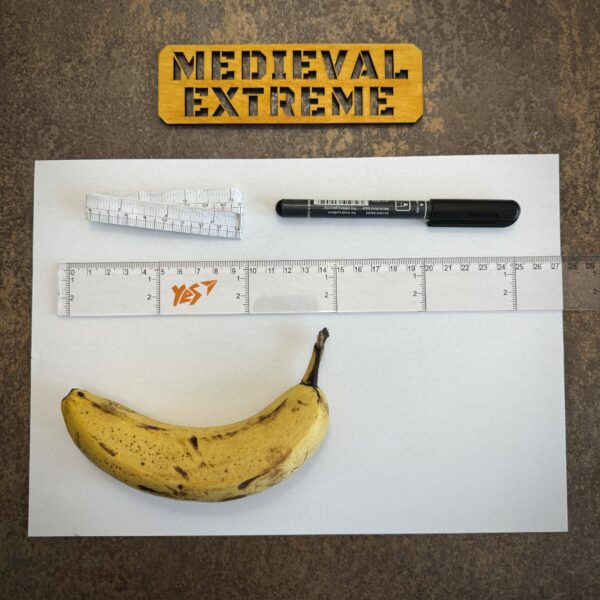
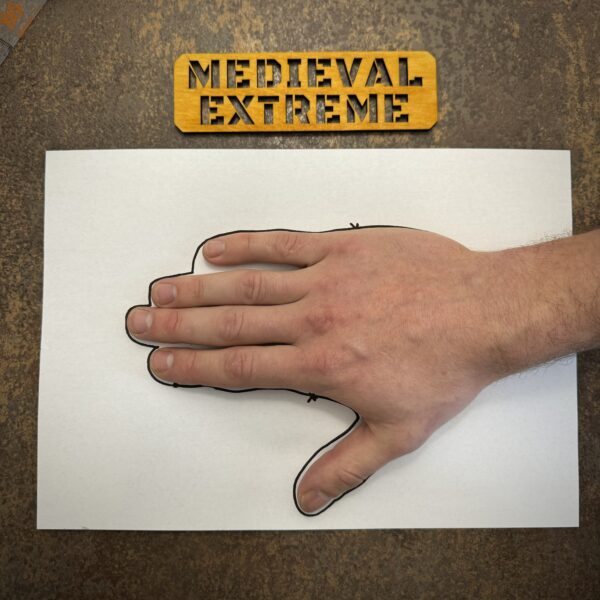
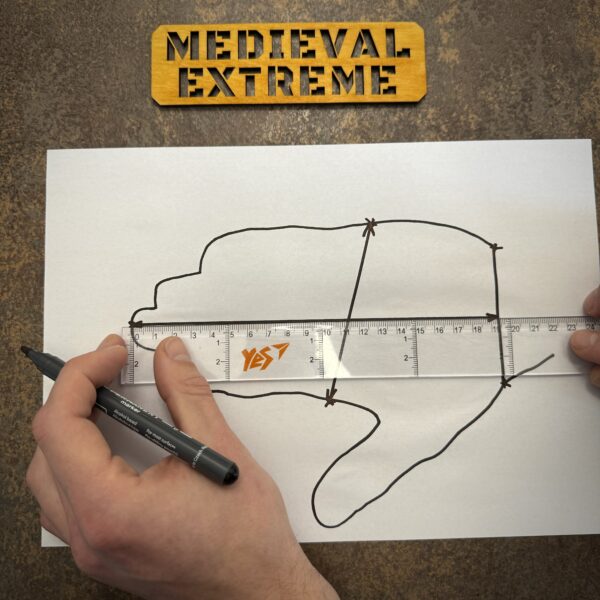
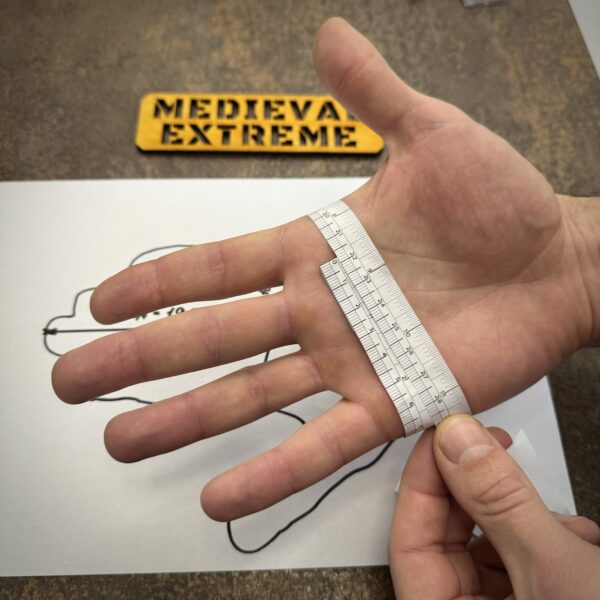
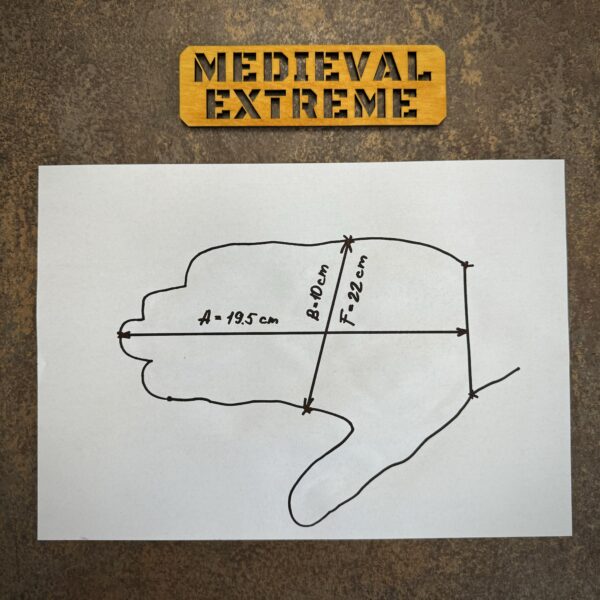
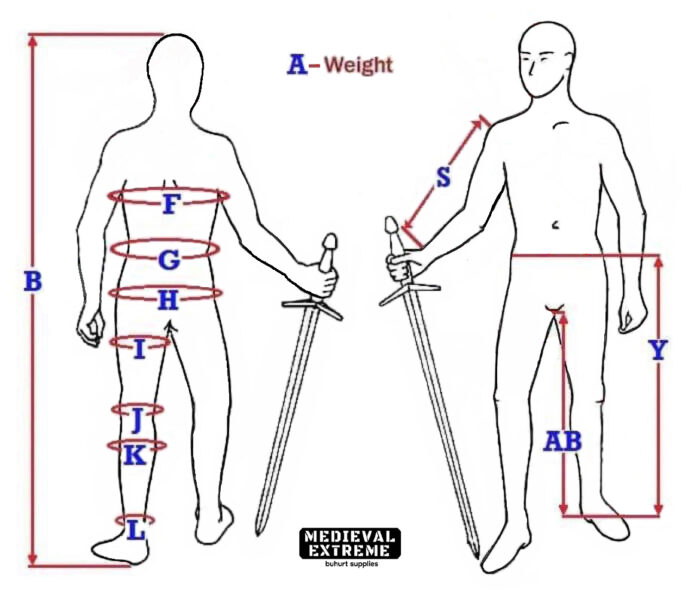
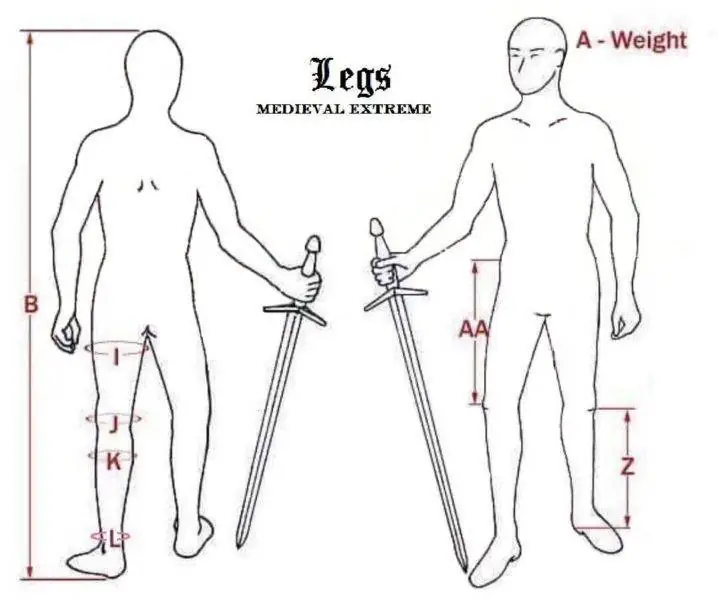
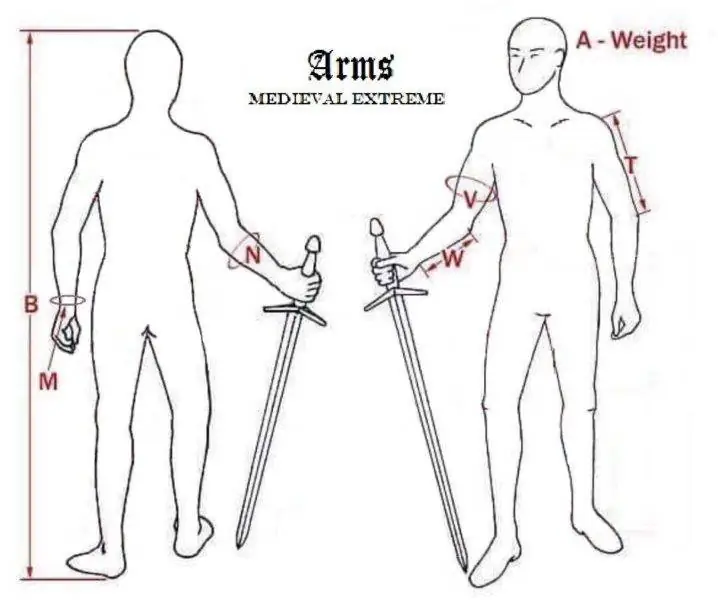
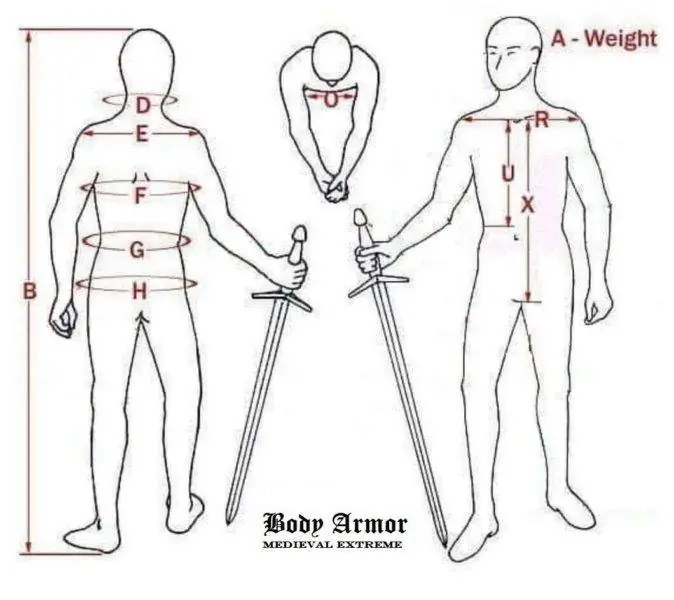
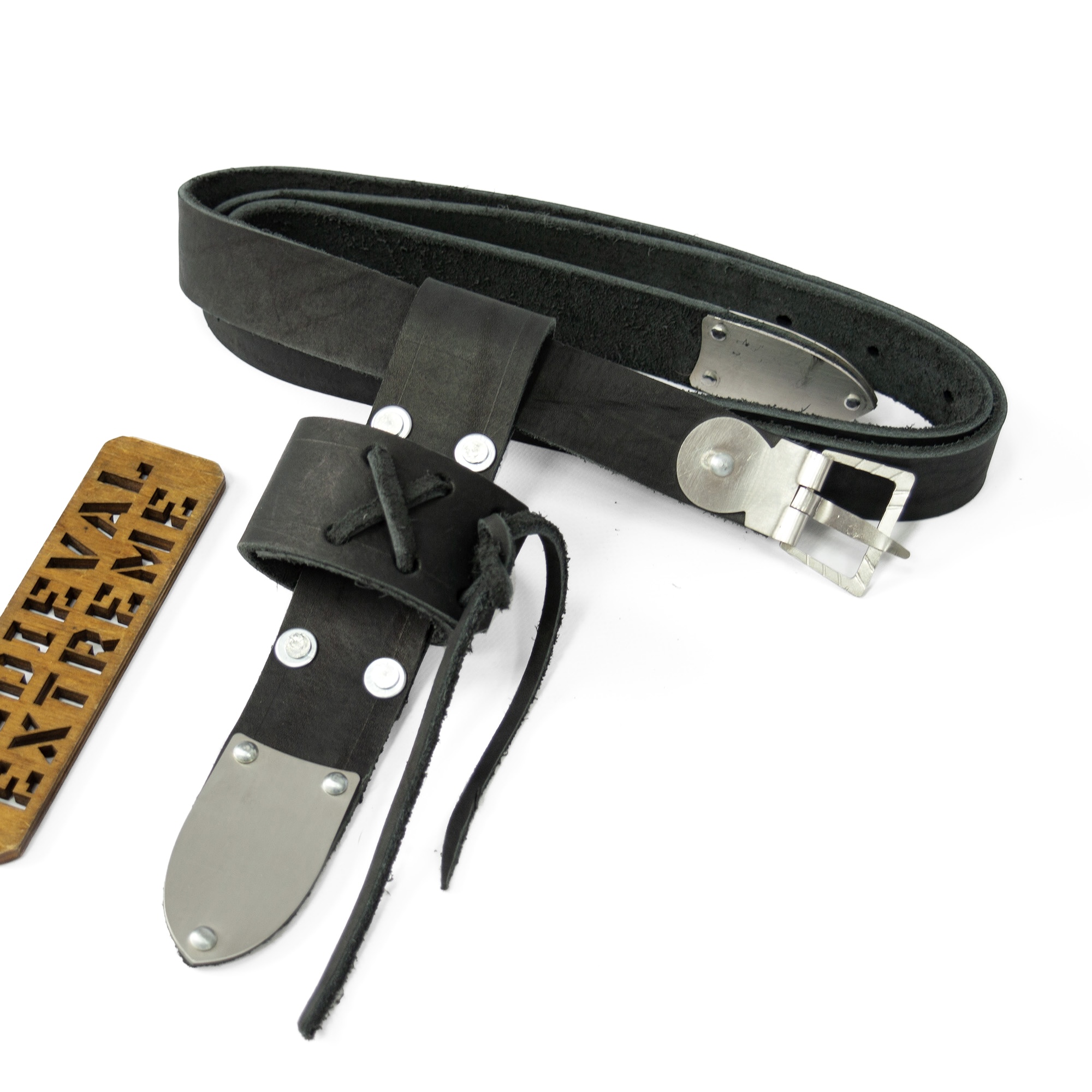
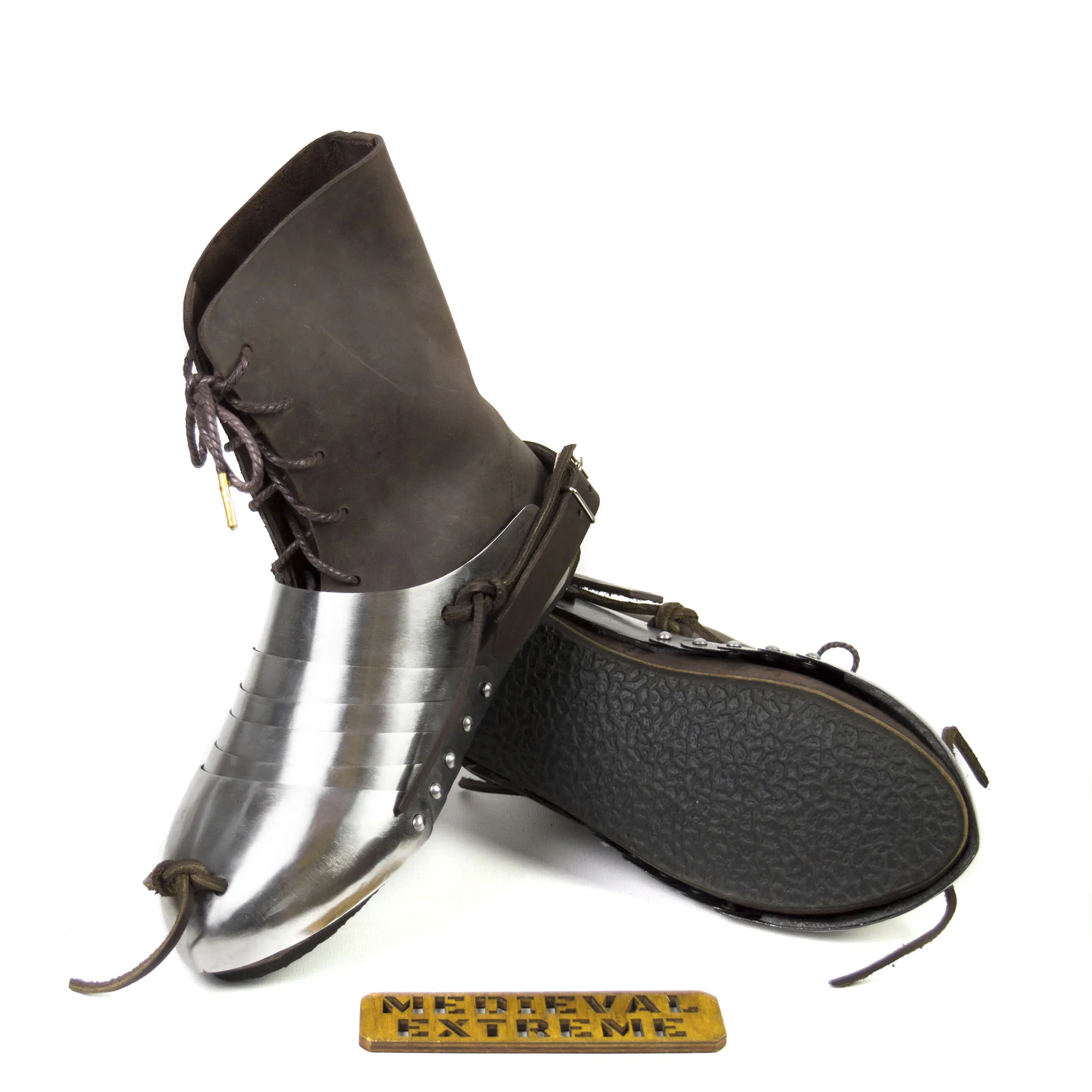
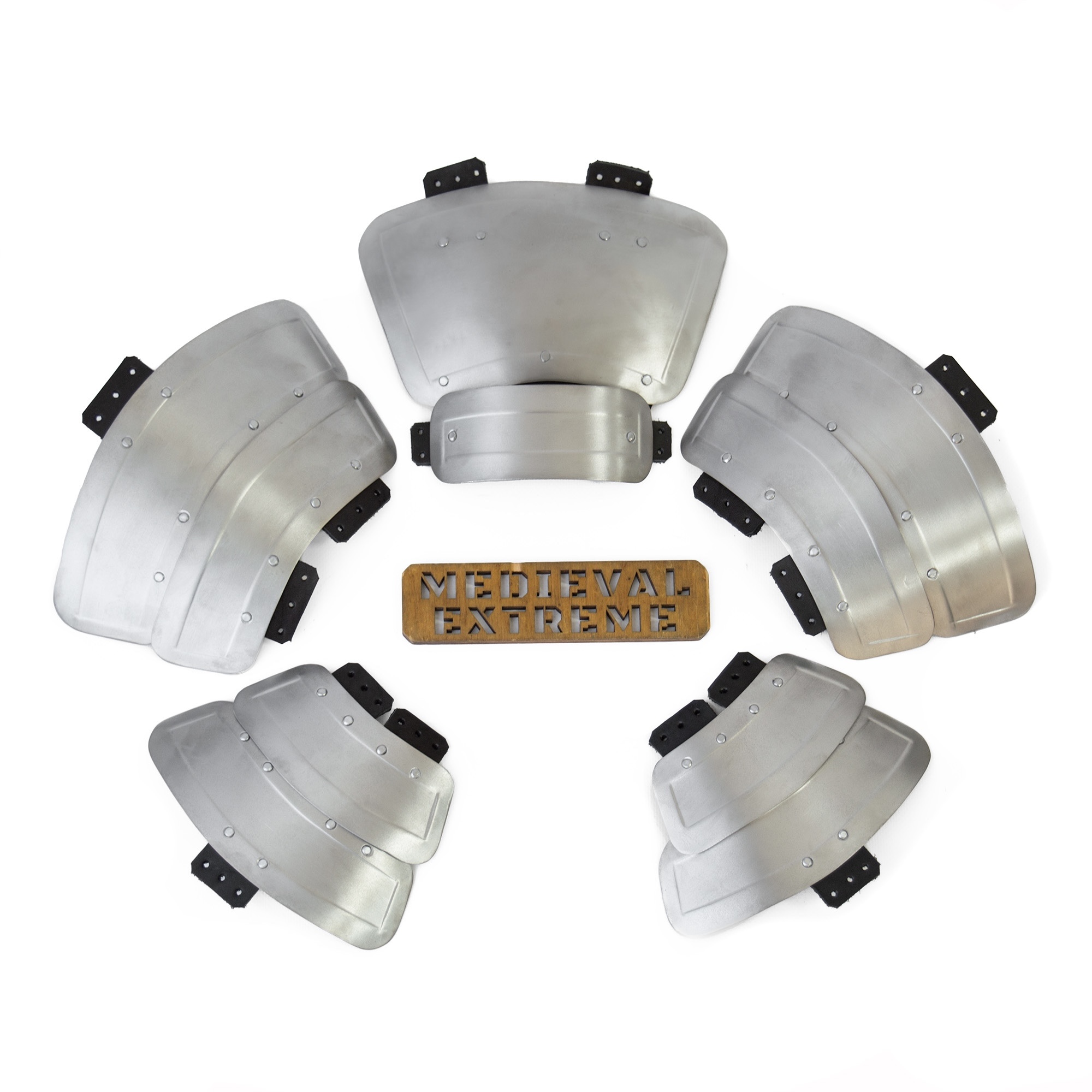

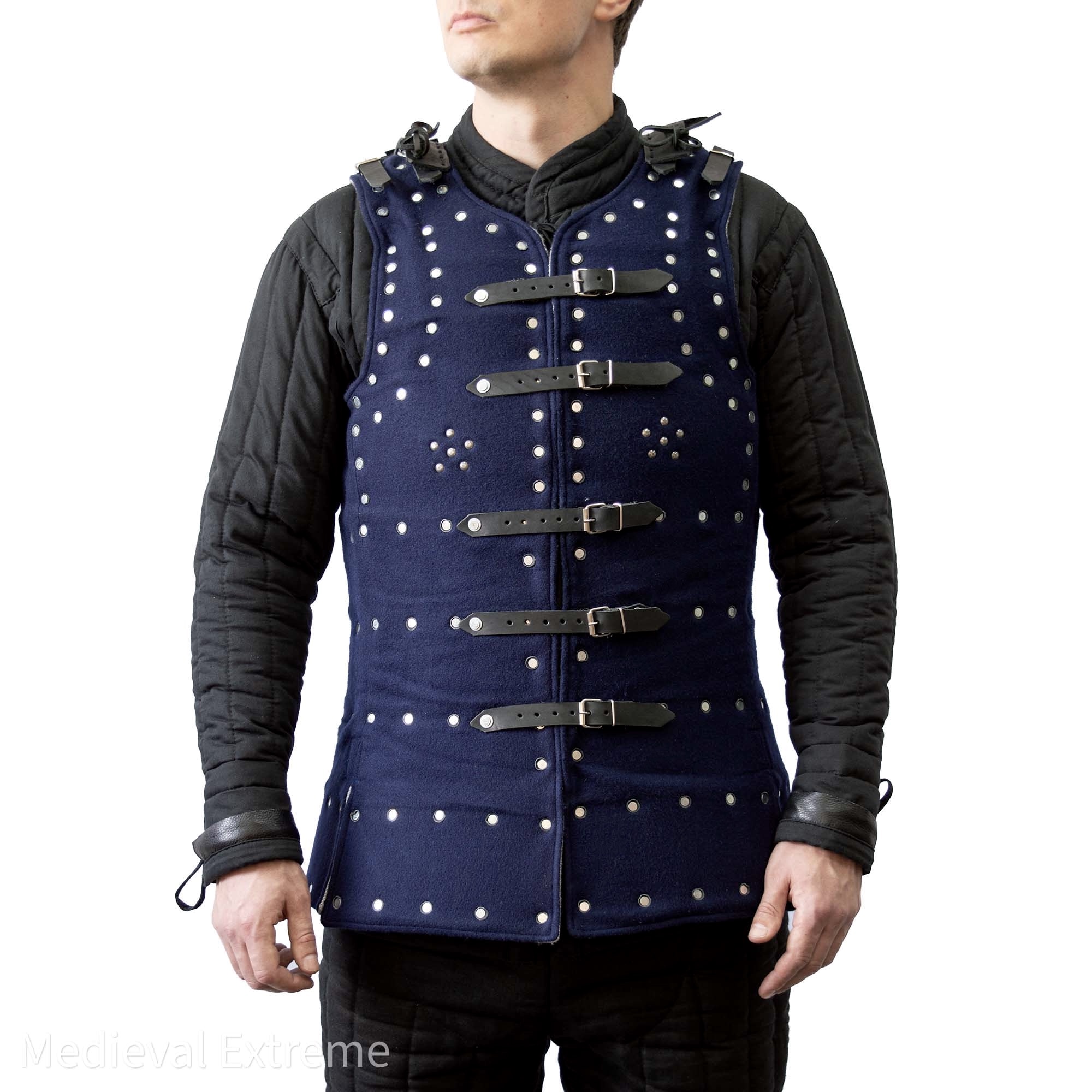
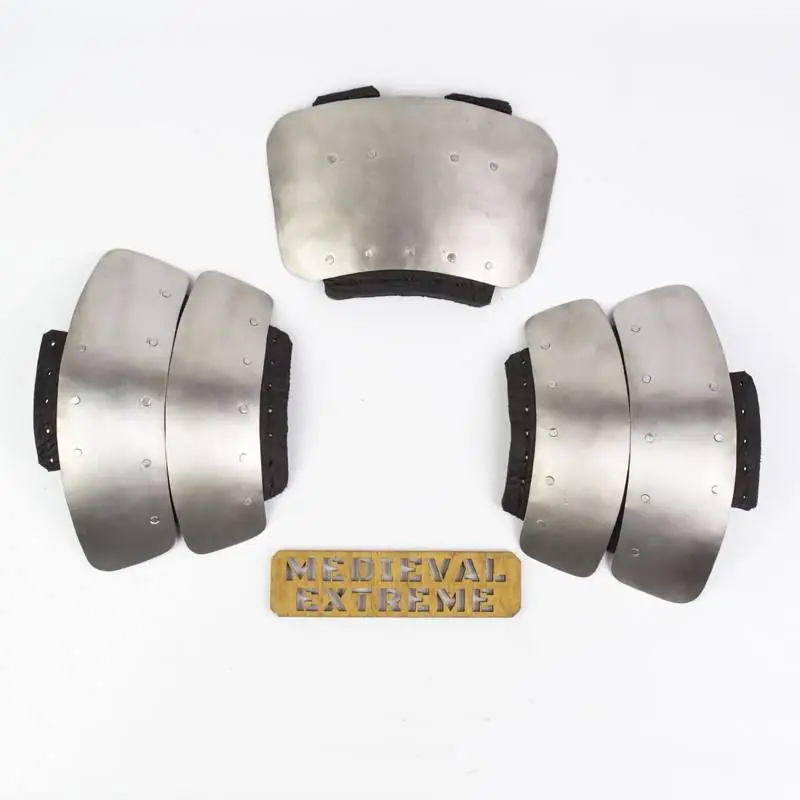
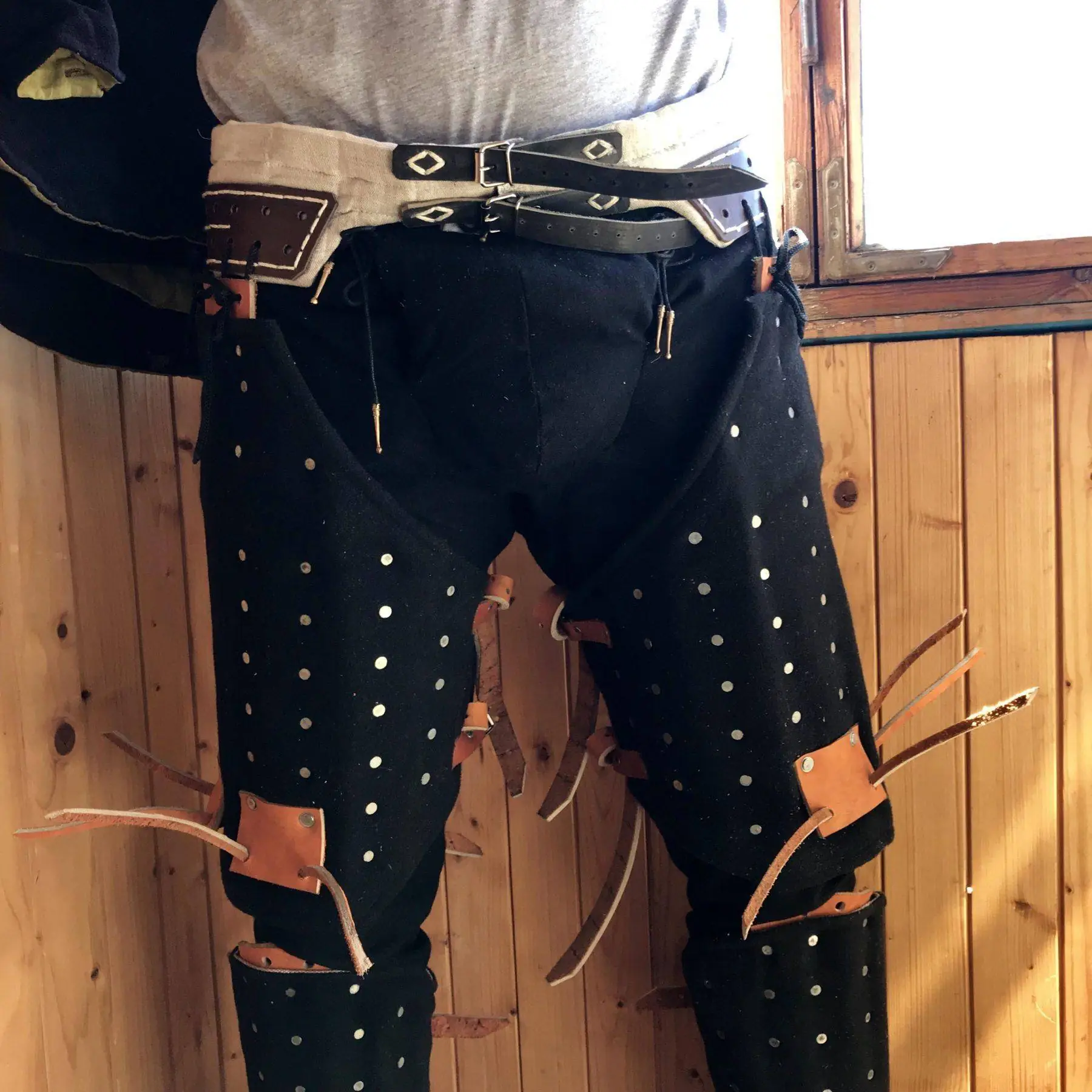
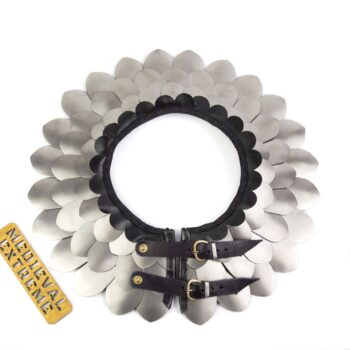

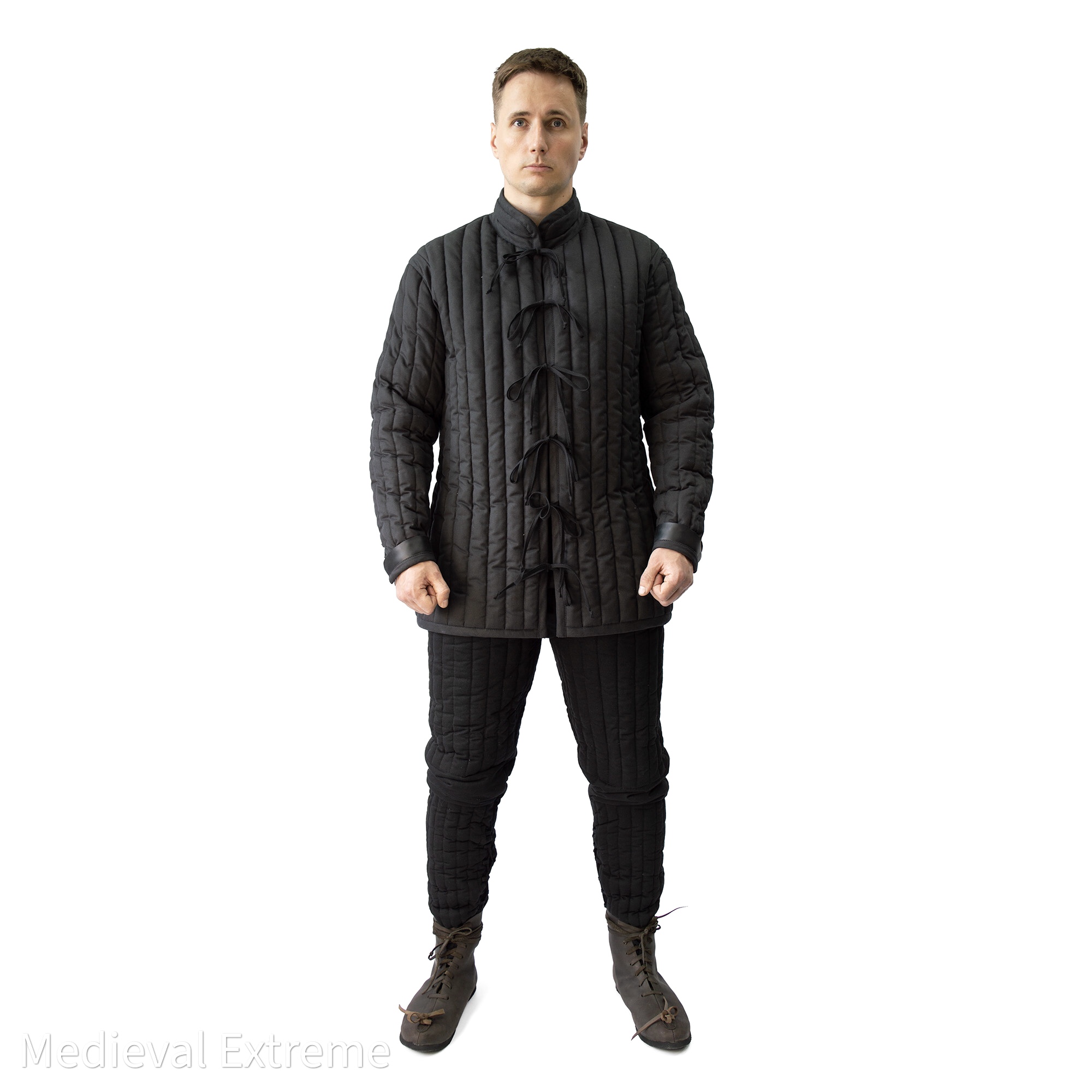
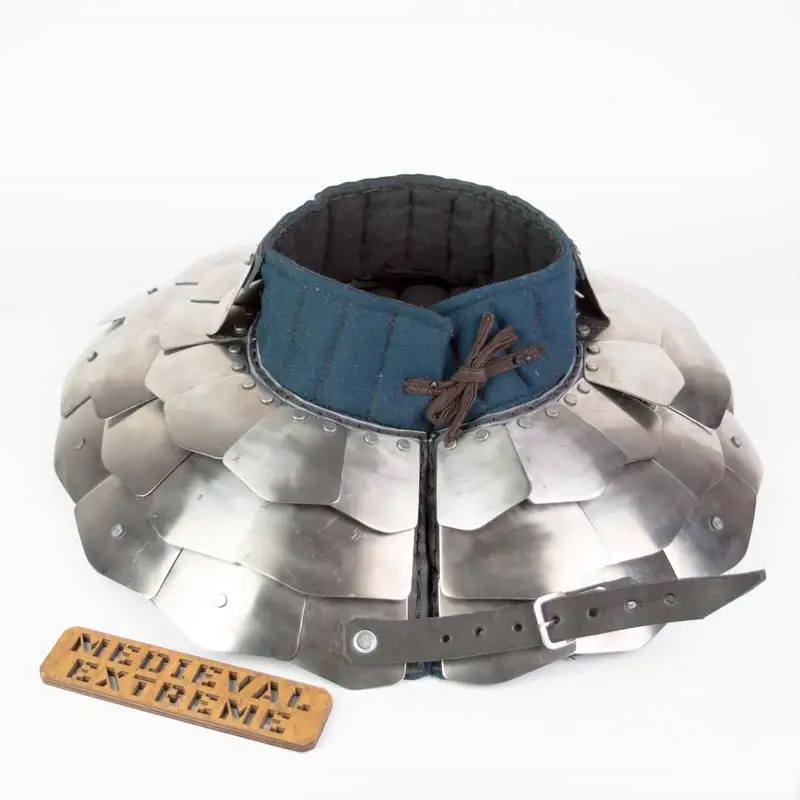
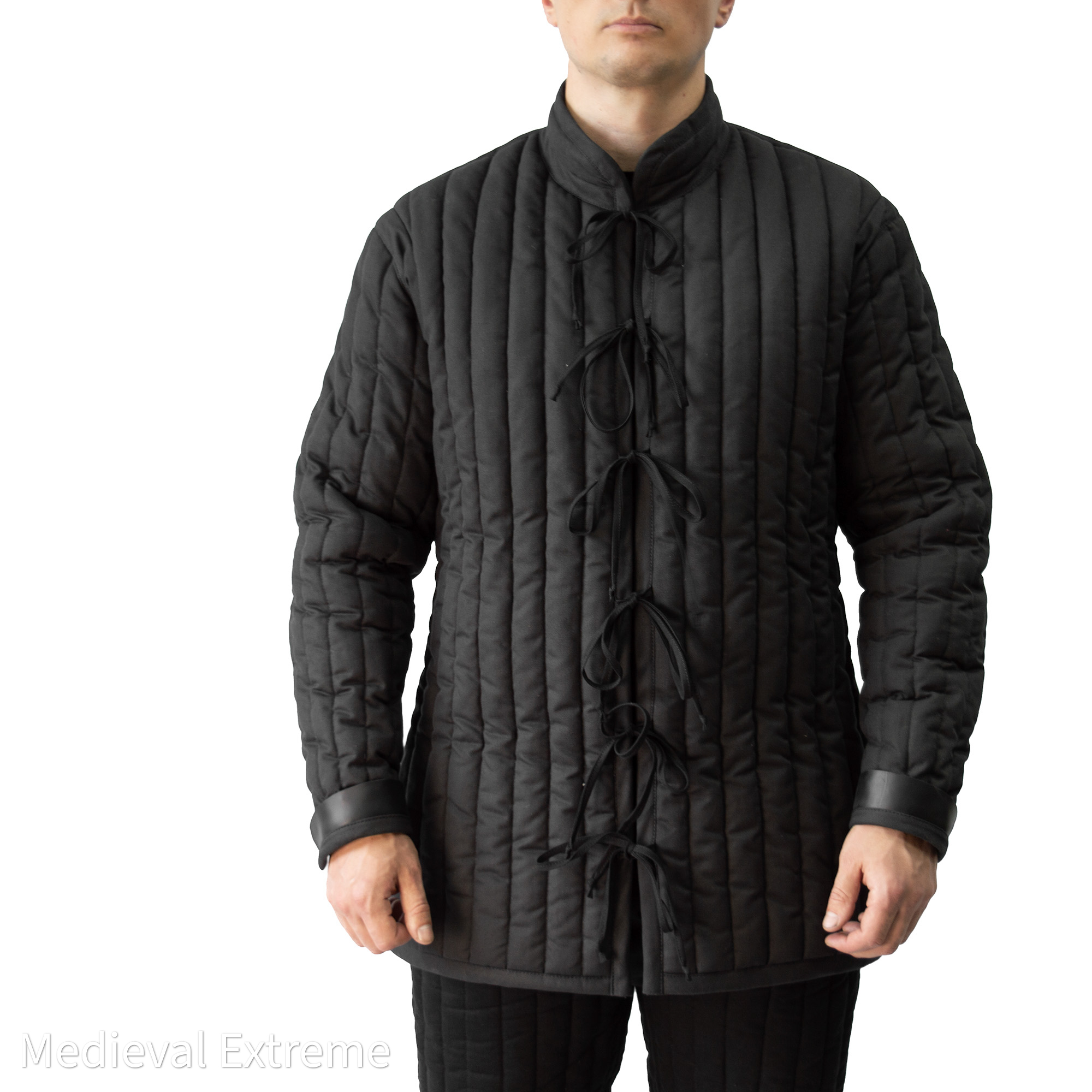
Standard belt with sturdy fixtures.
These feel really safe and solid. The articulation locks down and the thumbs ground nicely on the plate, protecting the joint from travelling too far. Room to fit thin under-gloves too.
You can fine tune the sizing with the adjustable leather cords and points on the back of the belt.
Super fast production and delivery time. Very light and sturdy gauntlet. A real game changer.
im a absolute noob to the sport but so thankful and grateful to have this axe from medieval extreme by my side for the journey 10/10 product and service